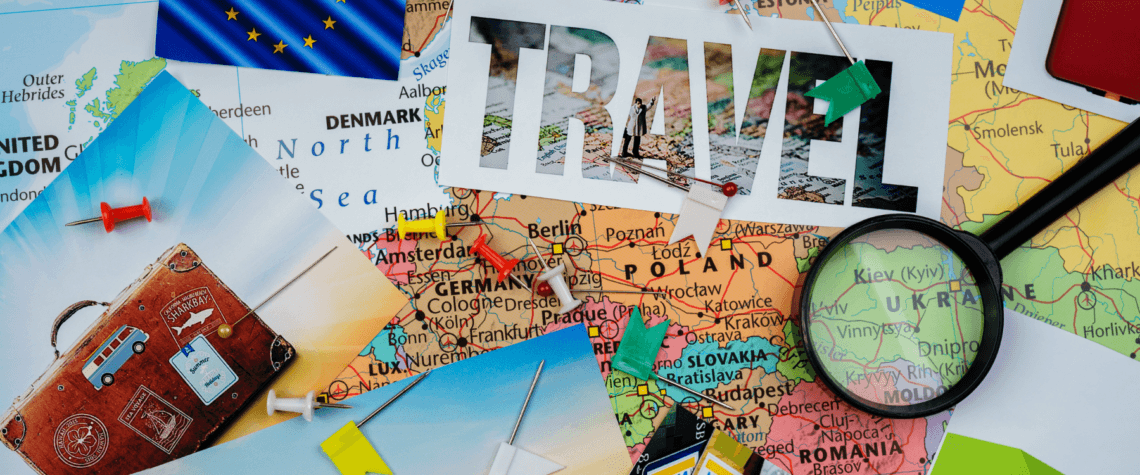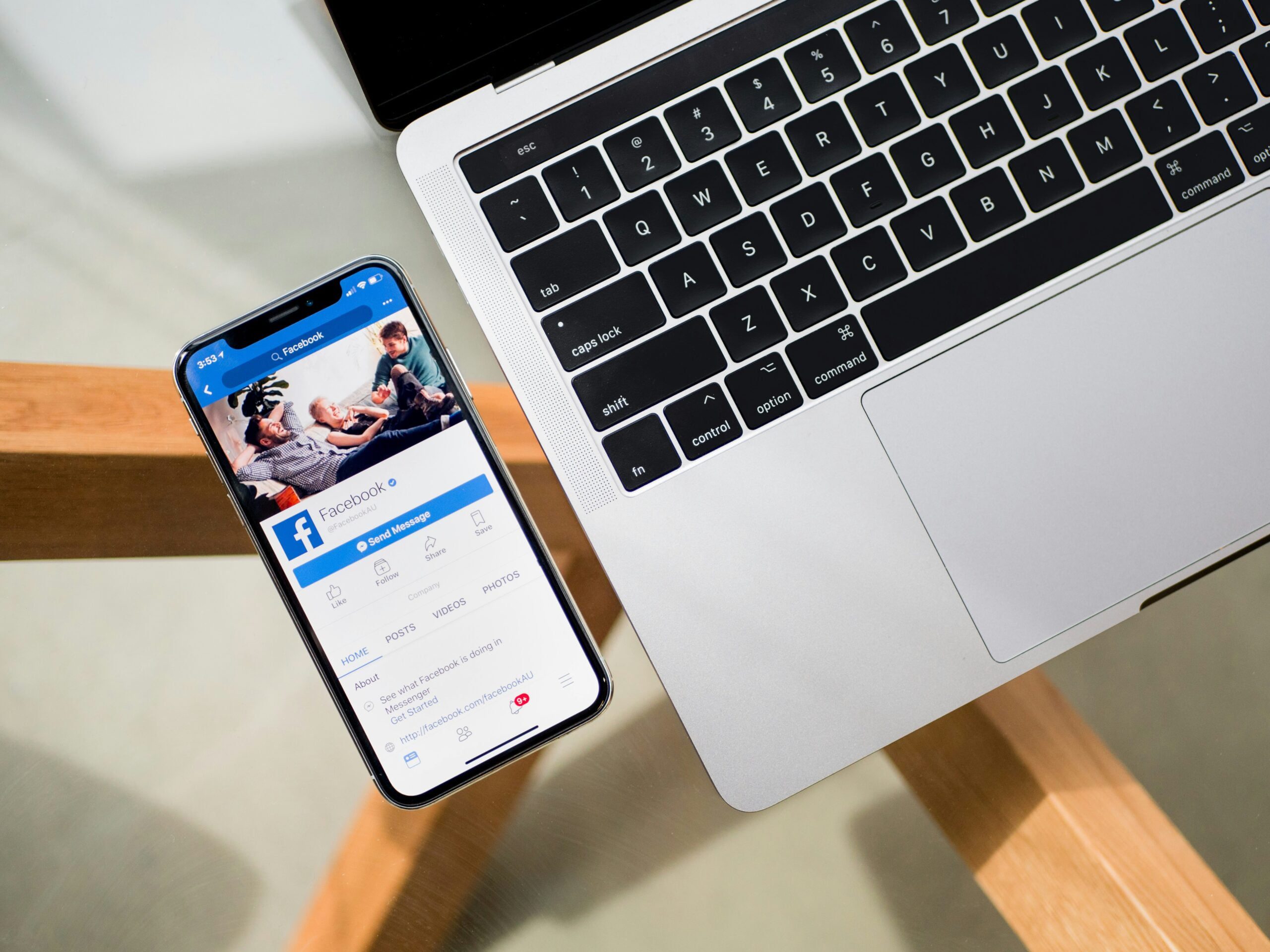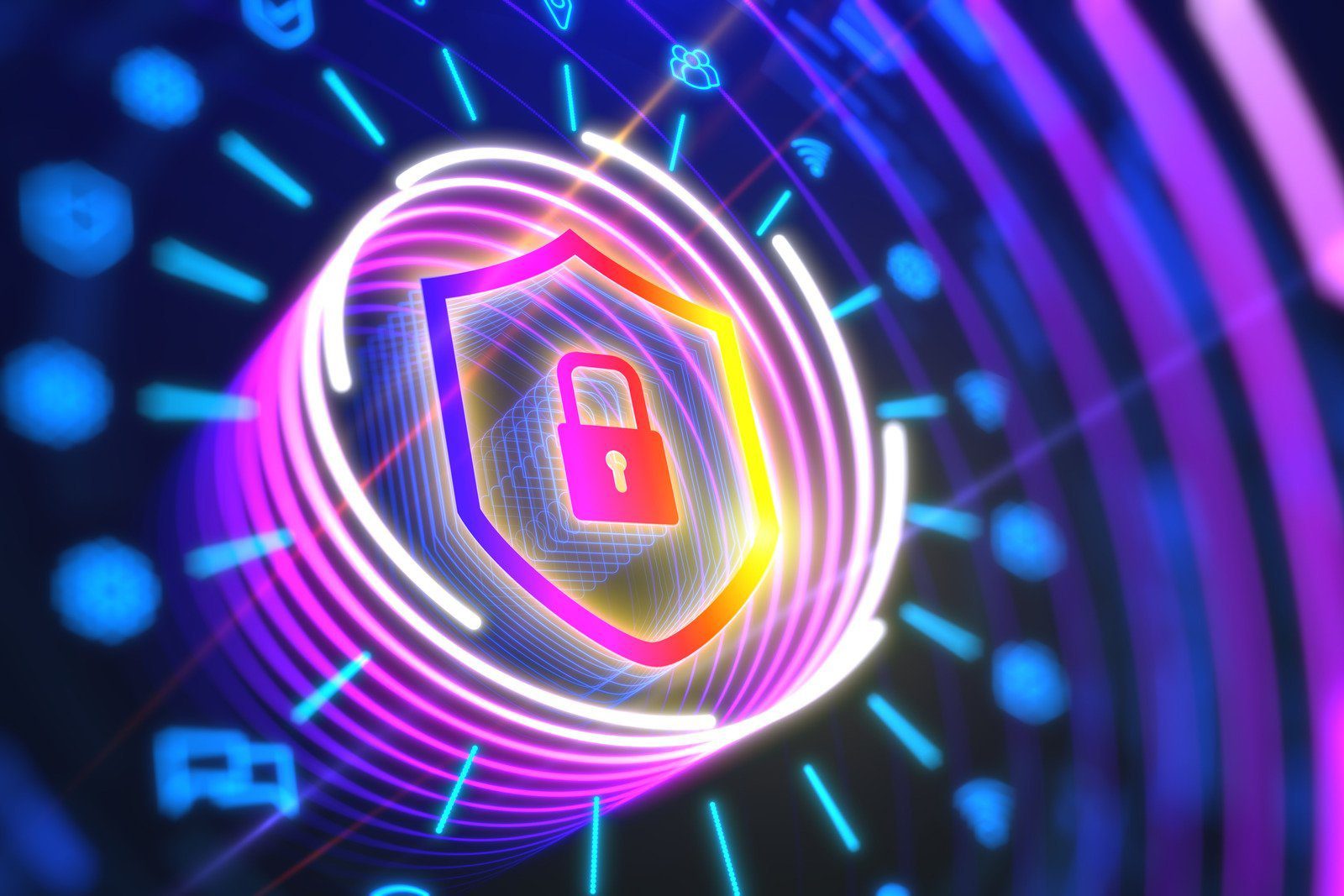Social media has become an undeniable force in our lives. From connecting with friends and family to staying informed about current events, these platforms have fundamentally transformed how we interact and share information. But the power of social media is a double-edged sword. While it fosters connection and empowers individuals, it also presents challenges that demand our attention. This article delves into the multifaceted world of social media, exploring its potential for building communities, sharing ideas, and the potential pitfalls that lurk beneath the surface.
From Water Cooler Chats to Global Town Squares: The Rise of Social Media Communities
Social media platforms have revolutionized the way we connect with others. They have created virtual spaces – online communities – where people with shared interests, backgrounds, or experiences can come together. Here’s a glimpse into how social media fosters community building:
- Connecting Like-Minded Individuals: Social media algorithms connect users with others who share their interests, fostering a sense of belonging and camaraderie. This can be especially valuable for individuals who may feel isolated geographically or socially.
- Global Reach and Diverse Voices: Social media platforms transcend geographic boundaries, allowing users to connect with people from all over the world. This fosters exposure to diverse cultures, perspectives, and experiences, enriching our understanding of the world.
- Empowering Movements and Advocacy: Social media provides a powerful platform for raising awareness about social issues and mobilizing collective action. Online communities can amplify marginalized voices and drive positive change in the real world.
- Support and Shared Experiences: Social media groups can offer invaluable support to individuals facing similar challenges or navigating life transitions. Sharing experiences and finding a sense of community can be a powerful source of strength and solace.
However, it’s important to acknowledge that online communities can also be echo chambers, reinforcing existing beliefs and hindering exposure to diverse viewpoints.
The Amplification Machine: Sharing Ideas and Information in the Digital Age
Social media has democratized access to information and transformed how we share ideas. Here’s how these platforms empower online expression:
- Citizen Journalism and Alternative Narratives: Social media empowers individuals to become citizen journalists, documenting events and sharing perspectives that may not be covered by mainstream media. This can provide valuable insights and challenge traditional narratives.
- Knowledge Sharing and Collaboration: Social media allows for the easy sharing of knowledge and resources across borders. Educational content, research findings, and creative ideas can be disseminated quickly and widely, fostering collaboration and innovation.
- A Platform for Diverse Voices: Social media empowers individuals and groups with limited access to traditional media outlets to share their stories and perspectives. This fosters greater inclusivity and diversity in the online conversation.
- Breaking Geographical Barriers: Social media allows for real-time communication and information sharing across geographical boundaries. This has transformed how we learn, collaborate, and engage with global events.
However, the ease of sharing information on social media also poses challenges, such as the spread of misinformation and “fake news.” Critical thinking skills and media literacy are essential in navigating the online information landscape.
The Dark Side of the Like Button: Navigating the Perils of Social Media
While social media offers immense potential, it also presents a range of challenges that demand our attention:
- The Comparison Trap: Social media platforms often showcase idealized versions of reality, leading to feelings of inadequacy and social comparison. This can negatively impact self-esteem and mental health, particularly for young users.
- The Echo Chamber Effect: Social media algorithms can create echo chambers, where users are primarily exposed to information and perspectives that reinforce their existing beliefs. This can limit critical thinking and hinder exposure to diverse viewpoints.
- The Spread of Misinformation: The ease of sharing information on social media can also facilitate the spread of misinformation and “fake news.” This can have a negative impact on public discourse and decision-making.
- Cyberbullying and Online Harassment: Social media can be a breeding ground for cyberbullying and online harassment. This can have a devastating impact on the mental health and well-being of victims.
- Addiction and Attention Spans: The constant notifications and stimulation on social media platforms can be addictive, impacting attention spans and hindering focus. It’s crucial to develop healthy habits for engaging with social media.
Addressing these challenges requires a multifaceted approach. Social media platforms have a responsibility to combat misinformation and promote responsible online behavior. Users, meanwhile, need to develop critical thinking skills, cultivate media literacy, and practice mindful engagement with these platforms.
Building a Balanced Relationship: Harnessing the Power of Social Media Responsibly
Social media offers a powerful toolbox for connection, communication, and information sharing. However, it’s crucial to utilize this power responsibly and be aware of its potential pitfalls. Here are some tips for building a balanced relationship with social media:
- **Be
















